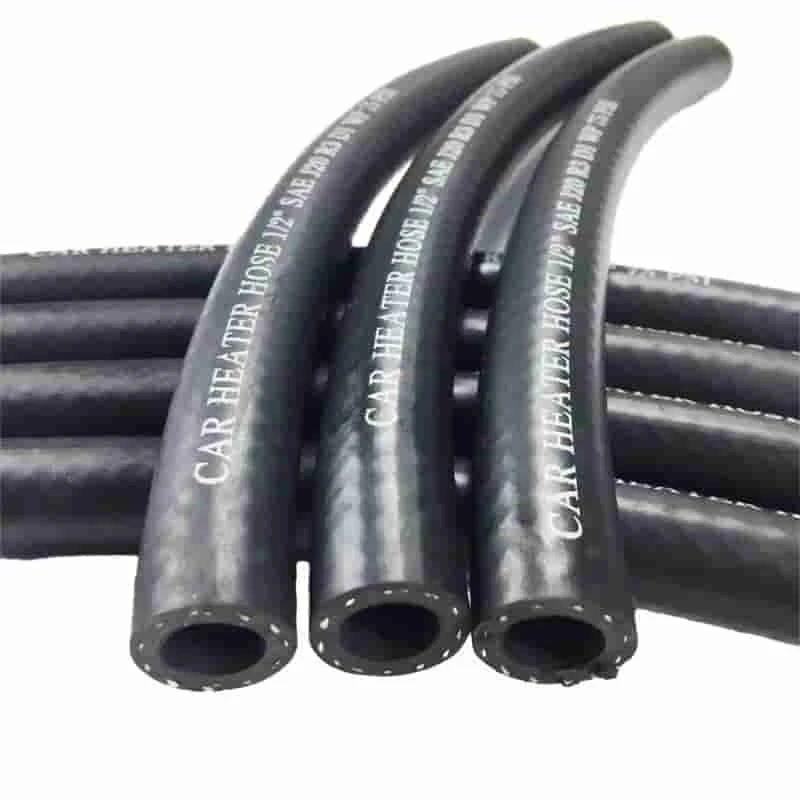leaking power steering hose
Dec . 07, 2024 16:07 Back to list
leaking power steering hose
Understanding Leaking Power Steering Hoses Causes, Symptoms, and Solutions
Power steering systems are essential components in modern vehicles, providing drivers with the ease of steering and handling. A crucial part of this system is the power steering hose, which carries hydraulic fluid to enable the power steering mechanism to function smoothly. However, over time, these hoses can develop leaks, leading to a range of issues that can affect vehicle performance and safety. In this article, we will explore the causes, symptoms, and solutions related to leaking power steering hoses.
Causes of Leaking Power Steering Hoses
Several factors can contribute to the deterioration of power steering hoses, leading to leaks. One of the primary causes is aging. Over time, the rubber material used in the hoses can become brittle and cracked due to exposure to heat, oil, and environmental elements. This wear and tear are particularly prevalent in older vehicles.
Another significant factor is improper installation or fitting of the hose. If the power steering hose is not tightly secured or is installed incorrectly, it can cause stress on the hose joints, resulting in leaks. Additionally, collisions or accidents can damage hoses, even if the damage is not immediately visible.
Corrosion is also a common culprit. If the power steering fluid is contaminated with moisture or debris, it can lead to rust and corrosion of the metal components of the power steering system, including the hose fittings. Such degradation can eventually cause leaks.
Symptoms of a Leaking Power Steering Hose
Detecting a leaking power steering hose can often be straightforward, as several noticeable symptoms indicate potential issues
. One of the first signs is the presence of a puddle or stains of reddish or brownish fluid under the vehicle, particularly near the front where the power steering components are located.leaking power steering hose

Drivers may also experience difficulty in steering, especially at low speeds or during parking maneuvers. A worsening steering response can indicate that the power steering fluid is low due to a leak, making it harder to turn the wheels effectively. In some cases, a whining or groaning noise may be heard when turning the steering wheel, which suggests that the power steering pump is struggling to function due to insufficient fluid levels.
Solutions for Fixing Leaking Power Steering Hoses
When dealing with a leaking power steering hose, the first step is to conduct a thorough inspection. Drivers should inspect the hose for visible cracks, tears, or loose fittings. If the damage is minor and localized, it may be possible to repair the hose by using a hose repair kit or sealant. However, these solutions are typically temporary fixes.
For more significant damage or if the hose has extensive wear, replacing the hose entirely is often the best course of action. Replacing the power steering hose can be a straightforward process for those with mechanical knowledge, but it’s highly recommended to consult a professional mechanic if unsure. They will have the expertise to replace the hose correctly and check for any additional issues in the power steering system.
After replacing the power steering hose, it’s crucial to refill the power steering fluid and bleed the system to remove any air that may have entered during the repair process. This step ensures that the power steering functions properly and that air bubbles do not cause further steering issues.
Conclusion
In summary, leaking power steering hoses can lead to significant problems in a vehicle’s handling and safety. Understanding the causes, recognizing the symptoms, and knowing the appropriate solutions are essential for every vehicle owner. Regular maintenance and timely inspections can help prevent issues related to power steering hoses and ensure that your vehicle remains safe and responsive on the road. If you suspect a leak, addressing it promptly will save you time, money, and potential safety concerns in the long run.
Latest news
-
Refrigeration Hose-HEBEI KEMO|Low Permeability&Pulse Resistance
NewsAug.12,2025
-
Refrigeration Hose-HEBEI KEMO AUTO PARTS TECHNOLOGY CO., LTD
NewsAug.12,2025
-
Refrigeration Hose - HEBEI KEMO AUTO PARTS TECHNOLOGY CO., LTD|Low Permeability&Ozone Resistance
NewsAug.12,2025
-
Durable AC Pressure Hose for Reliable AC System Repair
NewsAug.12,2025
-
Refrigeration Hose-HEBEI KEMO AUTO PARTS TECHNOLOGY CO., LTD|Low Permeability,Pulse-Resistance
NewsAug.11,2025
-
Refrigeration Hose-Hebei Kemao|Industrial Applications&Automotive Systems
NewsAug.11,2025
